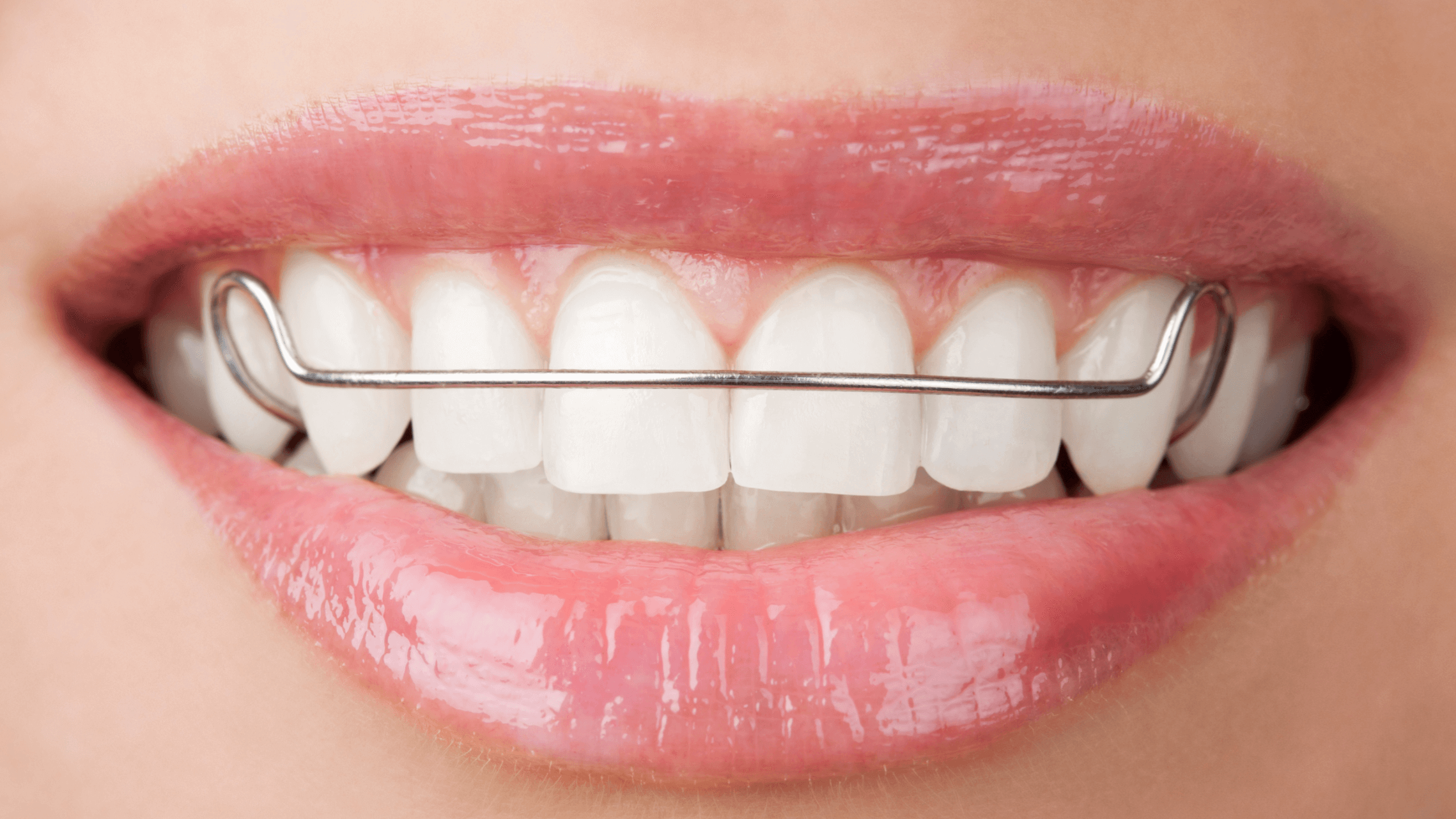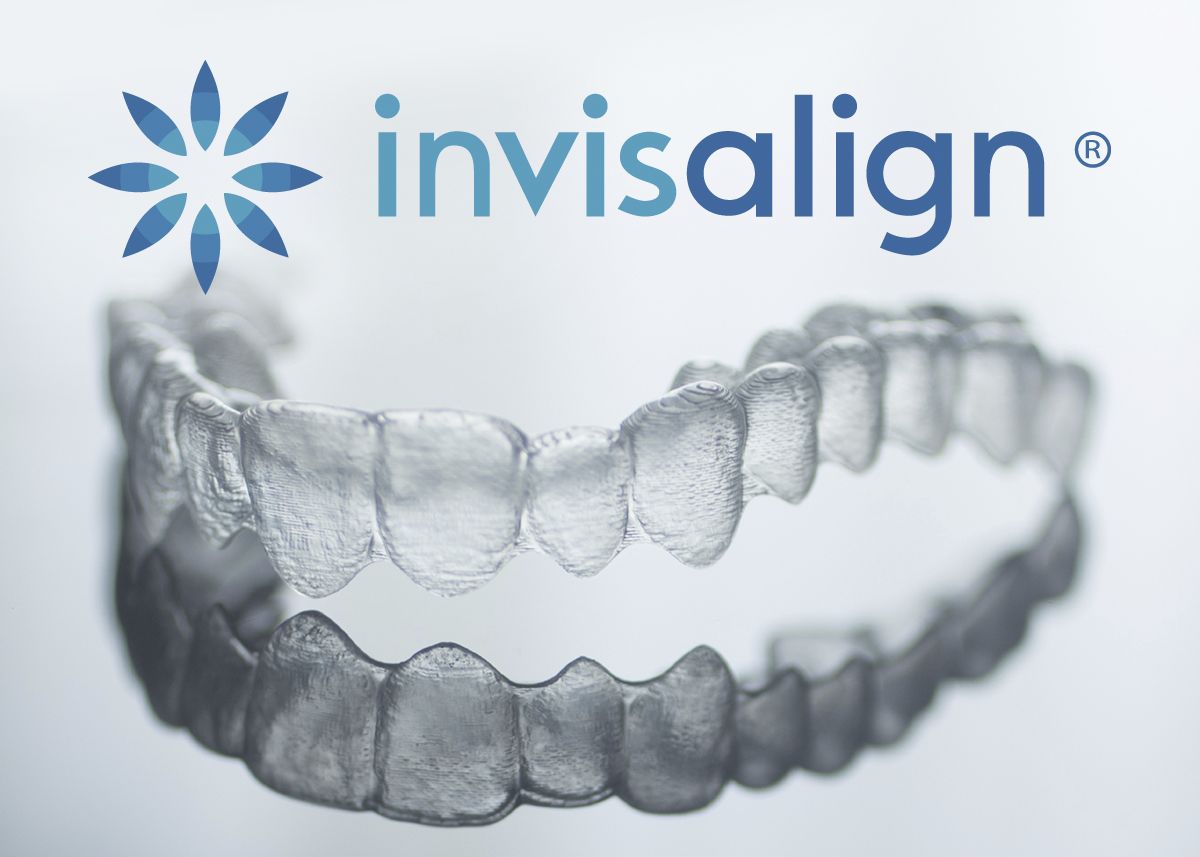How Invisalign Works: Your Guide to Clear Aligners and Their Effectiveness
How Invisalign Works: Your Guide to Clear Aligners and Their Effectiveness
Blog Article
Invisalign vs. Conventional Braces: Which Alternative Is Right for You?
When thinking about orthodontic therapy, the selection between Invisalign and standard dental braces presents several crucial factors that merit cautious examination. Invisalign supplies a discreet alternative with removable aligners, while typical braces offer an extra visible yet reliable service for severe misalignment.
Introduction of Therapy Options
&srotate=0)
In comparison, conventional dental braces include metal brackets and cables that are adhered to the teeth. This method applies continual pressure gradually to attain alignment. While efficient for intricate orthodontic concerns, conventional braces call for normal gos to for modifications and can pose challenges in keeping oral hygiene because of the difficulty of cleaning up about brackets and cables.
Both alternatives have their merits, and the selection often rests on specific oral problems, lifestyle preferences, and individual compliance. Eventually, seeking advice from an orthodontic specialist is essential for identifying the most suitable treatment strategy tailored to individual requirements. Comprehending the nuances of each alternative can significantly affect the general success of orthodontic therapy.
Aesthetic Factors To Consider
A significant variable influencing the choice between Invisalign and conventional dental braces is the visual charm each therapy uses. Invisalign aligners are crafted from clear plastic, making them virtually invisible when worn.
On the other hand, traditional dental braces are composed of steel braces and cords, which can be much more obvious. While innovations in orthodontic modern technology have resulted in the development of smaller sized brackets and colored elastics, traditional dental braces still keep a more conspicuous profile. For some people, the visibility of braces might hinder them from looking for necessary treatment.
Ultimately, the selection in between Invisalign and conventional dental braces might depend upon individual choices relating to aesthetics. Patients that focus on discernment often favor Invisalign, while those that are much less concerned regarding visibility might choose traditional braces. Recognizing the visual implications of each alternative is crucial for making an informed choice that straightens with one's way of life and choices.
Comfort and Convenience

In terms of comfort, Invisalign aligners are removable, enabling patients to enjoy their preferred foods without limitation and maintain optimal oral health. Brushing and flossing are simplified, as the aligners can be secured throughout these routines, whereas traditional dental braces require cautious steering around brackets and wires.
In contrast, typical braces require regular modifications, making them much less convenient for those with hectic timetables. On the whole, the comfort and benefit of Invisalign make it an attractive choice for lots of people looking for orthodontic treatment.
Treatment Duration and Performance
While both Invisalign and standard dental braces are reliable in correcting dental misalignments, the duration of therapy can vary significantly in between the 2 alternatives. Normally, Invisalign treatment can take anywhere from 12 to 18 months, depending on the go to these guys complexity of the situation. The clear aligners work by progressively shifting teeth right into their desired positions, and normal follow-ups with an orthodontist assistance ensure development stays on track.
On the other hand, typical dental braces commonly require a longer commitment, generally ranging from 18 months to three years. This is due to their fixed nature and making use of wires and brackets, which can be a lot more reliable for complex instances and severe misalignments (Invisalign). The treatment performance of conventional dental braces is well-documented, as they permit precise changes and better control over tooth motion
Inevitably, the option in between Invisalign and typical dental braces might rest on both the expected therapy period and the specific oral issues at hand. Consulting with an orthodontist is crucial, as they can offer customized recommendations based upon specific needs, making sure the selected technique straightens with wanted end results and durations.
Cost Contrast and Insurance Alternatives
Price plays a substantial you could try this out duty in the decision-making procedure for people taking into consideration orthodontic treatment, whether deciding for Invisalign or traditional dental braces. Typically, the cost of Invisalign varieties from $3,000 to $8,000, while standard dental braces usually set you back between $2,000 and $6,000. Variables influencing these prices include the complexity of the case, the duration of therapy, and geographical location.
Insurance insurance coverage can dramatically impact out-of-pocket costs. Several dental insurance plans offer partial insurance coverage for orthodontic treatments, however the specifics can differ extensively. It is essential for clients to review their insurance coverage policies to figure out the degree of coverage for either choice. Typically, traditional dental braces might be much more regularly covered by insurance coverage strategies compared to Invisalign, which some insurance firms classify as a cosmetic procedure.
In addition, several orthodontic practices provide flexible payment strategies, making both treatment options more accessible. Patients must ask about potential financing options and discounts for upfront repayments. Examining the complete price, including insurance policy advantages and settlement strategies, is vital for making a notified choice that straightens with both visual choices and budget considerations.

Verdict
In summary, the selection in between Invisalign and typical braces hinges on numerous elements, consisting of visual preferences, comfort, treatment period, and expense. Invisalign provides a discreet, detachable option that helps with oral hygiene and dietary adaptability, while traditional braces might be better for intricate dental concerns and often come with a lower price the original source point. Ultimately, examination with an orthodontist is necessary to evaluate private scenarios and figure out the most ideal therapy choice for achieving ideal oral positioning.
When taking into consideration orthodontic treatment, the selection in between Invisalign and typical dental braces presents a number of important variables that warrant mindful evaluation.Contrasting Invisalign and typical dental braces reveals distinct therapy options for orthodontic correction.While both Invisalign and traditional dental braces are reliable in fixing oral imbalances, the duration of treatment can vary substantially in between the two alternatives.Price plays a considerable role in the decision-making procedure for individuals thinking about orthodontic treatment, whether choosing for Invisalign or typical braces.In recap, the selection in between Invisalign and traditional braces hinges on several factors, including aesthetic preferences, convenience, therapy duration, and expense.
Report this page